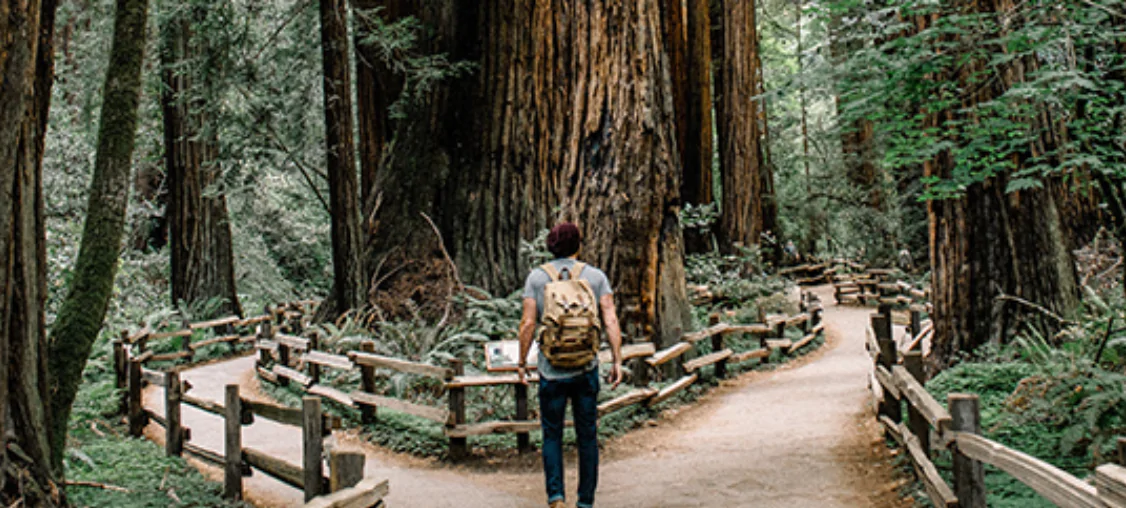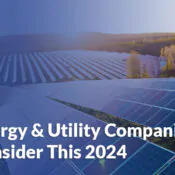Why Would You Automate a Journey?

Why Would You Automate a Journey?
A Journey is the act of travelling from one place to another. A customer journey also involves travelling, but in their mindset and association with your brand. The customer journey can be defined as the complete sum of experiences that customers go through when interacting with your company and brand. Like a physical journey, it is the concept of a series of actions taking you from one point to another. It’s the full experience of the customer, not just a single transaction.
Like all journeys, to make sure you find the right way it is useful to have a map. A customer journey map is incredibly useful as it tells the story of the customer’s experience with your business, from initial contact, through the process of engagement and into a long-term relationship. It essentially shows you the route travelled to get to the purchase, and what happens afterwards.
You can map the full journey or part of it, but it should show you more about your customer, where they have come from and where they are trying to get to. Mapping is an effective way of finding out why a prospect becomes a customer, and thus enable you to repeat this journey for other customers.
We can focus on two areas:
Motivations.
“What motivates a customer to keep progressing in their experience with company and brand? What emotions is the customer feeling during each stage and at each interaction with your business?”
Moments of Truth.
“This is a go/no-go or gateway situation. Emotions are powerful determiners of how the customer perceives the brand, meaning they will either want to continue engaging with you or they will look at other options.”
Once you have your map, ideally as some sort of infographic (an example below), it is clear to see that they are going through the phases, ‘awareness’, ‘consideration’ and finally ‘decision’. It’s not always linear and they might move back into awareness after the consideration phase. Ultimately though, it is a funnel approach down to purchase. Manually interacting with your customers on their journey can be repetitive, and also a little unreliable and haphazard.

Your journey map lets you create interesting and relevant content that will influence your customers. It’s then about the right time to show them each piece of content.
“Anticipated, personal, and relevant advertising always does better than unsolicited junk.” – Seth Godin
During the awareness stage, the marketer will use SEO, social media marketing and email to place educational and entertaining content in front of potential customers. Automation comes in very handy here in that you can easily schedule your posts to be published at specific times throughout the day, even when you’re not necessarily there to do so. It also saves you budget as it doesn’t show the content to customers who are not in the awareness phase, or show newcomer messages, such as discounts, to current customers. Automation allows you to grow brand awareness in a controlled way, to your target market and matched to your budget.
Once someone has interacted with your initial content they move into the consideration phase. They’ll be looking at free trials, reviews, competitive information, etc. This is when you ‘nurture them’. ‘Nurturing’ is the process of developing relationships with buyers at every stage of the sales funnel, and through every step of their journey, with a view to moving them towards a decision. Nurturing is defined as “to care for and protect (someone or something) while they are growing”, and just like any other nurturing, this can take time and lots of energy.
However, we can use automation again through this phase to make this a lot more feasible. By tracking their activity, what pages of your website they visit, what emails they open, and what content they interact with, you can create triggers that then send relevant messages to them, and almost more importantly, stop irrelevant messages. A quick way to turn off a prospect is to barrage them with irrelevant content.
An example of doing this right, if a lead comes to your website and views your pricing, but doesn’t contact you, you can send automatically them a discount voucher the next day. Automation allows you to deliver custom responses to each lead based on each interaction with your company, and then based on a combination of interactions.
And after the ‘decision’ phase, automation again lets you send thank-you messages, confirmations and start your support messaging, ensuring you keep this new customer.
As you can see, marketing automation can help your customers throughout their journey, but it also can make the whole process a lot more efficient and cost effective. It allows you to ‘personalise’ the message to each potential customer, at a size and scale that it would be impossible to do manually.















